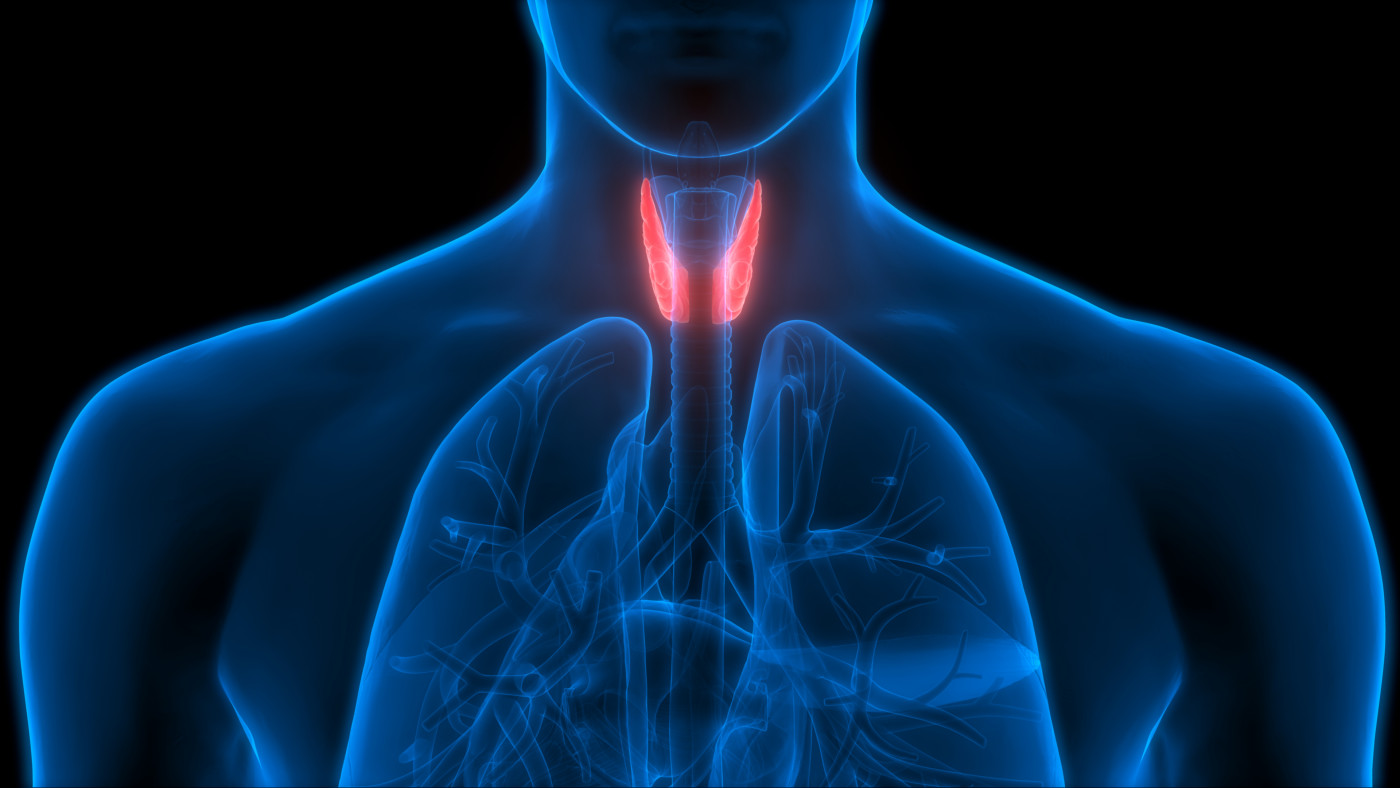Blood Levels of 2 Minerals May Predict Faster Parathyroid Recovery
Written by |

In people with hypoparathyroidism caused by thyroid gland removal, the combined levels of magnesium and phosphorus in the blood best predicted the short-term return to normal parathyroid function, a study reported.
Short term was defined by its researchers as a return to normal within 30 days of a thyroidectomy (surgical removal of the thyroid gland).
The study, “Short-term recovery in patients suffering hypoparathyroid after thyroidectomy: a case control study,” was published in the journal BMC Surgery.
Hypoparathyroidism, characterized by lower-than-normal levels of parathyroid hormone (PTH) — a regulator of blood calcium and phosphorus — is a common complication following a thyroidectomy.
Symptoms of hypoparathyroidism are primarily due to low levels of calcium; as such, patients can be treated with calcium supplements as well as vitamin D, which stimulates the absorption of calcium in the gut.
Previous studies measuring PTH in the first weeks after thyroidectomy have suggested that high-dose calcium and calcitriol — the active form of vitamin D — can help recover PTH levels.
However, few studies have investigated parathyroid function normalization in the short-term, that occurring within days after surgery. In addition, there is currently no consensus regarding how often a blood test for calcium should be conducted after surgery.
Researchers in China examined how factors such as the levels of calcium, as well as magnesium and phosphorus, might predict the recovery to normal PTH after thyroidectomy.
They analyzed the medical record of 111 patients with low PTH on the first day after surgery, defined as less than 10 picograms (pg) per mL in blood. Their average age was 41 years, and most (92 or 82.9%) were women.
Blood samples were collected before surgery and on days one, three, seven, and 30 after surgery. All were measured for calcium, magnesium, phosphorus, 25-hydroxyvitamin D3 levels (a measure of vitamin D), and PTH.
All patients received intravenous (into the vein) infusion of calcium gluconate (0–2 g/day) the day after surgery, as well as oral calcium (1.2–3.6 g/day) and calcitriol (0.25–0.75 micrograms/day). All were discharged three days after surgery, and supplementation was adjusted based on blood tests.
Analysis found PTH levels returned to normal — above 15 pg/mL — three days after surgery in one patient (0.9%), and in 29 others (26.1%) by day seven. Ninety-seven people (87.5%) had normal levels of PTH by day 30.
Overall, calcium and magnesium levels reached a minimum at three days post-surgery, returning to pre-surgery levels by 30 days. Phosphorus levels increased until day three, lowering to levels obtained before the procedure after 30 days.
Levels of magnesium, phosphorus, and calcium on day seven after surgery were good predictors of PTH recovery. The optimal cut-off values on day seven were a magnesium concentration greater than 0.8 millimoles (mmol) per liter (reference range, 0.66 to 1.07 mmol/L), phosphorus levels up to 1.51 mmol/L (reference range, 0.86 to 1.78 mmol/L), and calcium greater than 2.05 mmol/L (reference range, 2.0–2.6 mmol/L).
Additionally, PTH levels greater than 5.18 pg/mL the day after surgery, and greater than 5.6 pg/mL seven days post-surgery were both predictors of eventual parathyroid recovery.
The combined levels of magnesium and phosphorus were superior predictors of normal PTH on the seventh day after total thyroidectomy, with a sensitivity of 82.76% (true positive prediction) and a specificity of 76.83% (true negative prediction).
A statistical analysis combining all factors revealed that the independent risk factors for normal PTH levels seven days after surgery were magnesium and phosphorus levels on day seven, and PTH levels on day one and three post-surgery. More parathyroid glands retained following the operation also significantly predicted PTH recovery.
“[Blood] serum magnesium, phosphorus and PTH concentrations are important influencing factors and effective predictors of short-term postoperative parathyroid function recovery to normal,” the investigators wrote.
Measuring magnesium and phosphorus levels in the blood “is an effective auxiliary diagnostic method for hypoparathyroidism after thyroidectomy,” they added.




